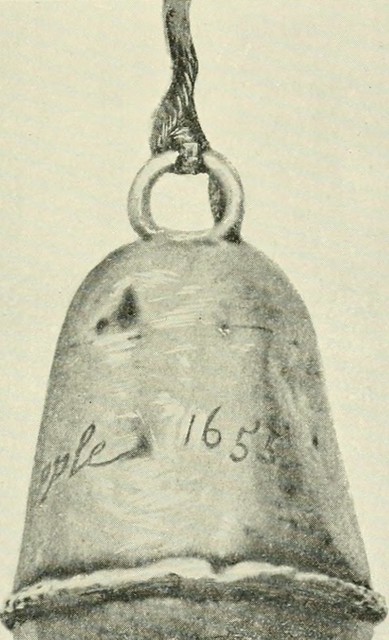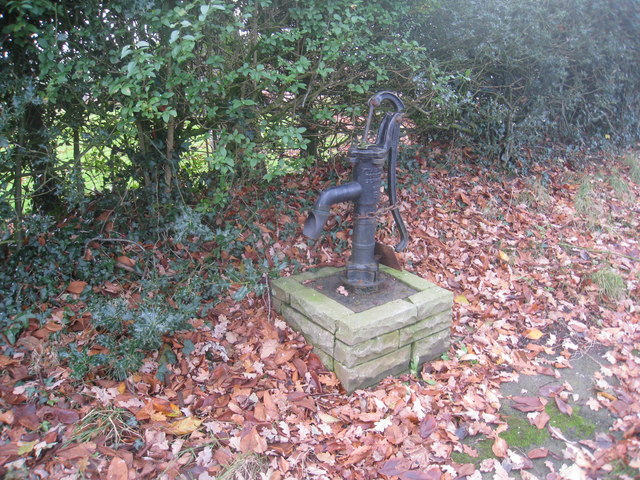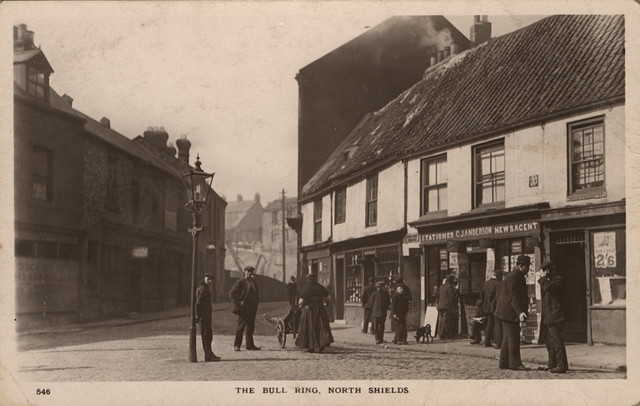Topics > Cumbria > Wreay > Wreay Cock-fighting Bell
Wreay Cock-fighting Bell
In the distant past small silver bells were sometimes given as prizes for cock-fights held in schools. In England and Scotland, some schoolmasters supplemented their incomes with payments from boys for cockerels, and from visitors paying to come to the school to watch the cock-fights! Cock-fighting often took place on Shrove Tuesday. (see: Historic byways and highways of Old England, 1900, by William Andrews, pp227-233). The practice was still common up to the late 18th and even mid 19th century. Cock-fighting was banned in England and Wales by the Cruelty to Animals Act of 1835, and banned in Scotland in 1895.

Extract from: The Worthies of Cumberland ...by Henry Lonsdale, 1873. p 223. (footnote):
The Chapel of Wreay having been totally neglected at the Reformation, twelve proprietors in the neighbourhood, styling themselves trustees, took upon themselves the direction of all affairs within the hamlet, and converted the chapel into a schoolhouse. These “twelve men” seem an embodiment of the ancient “folk-mote” of the Hundred a kind of parochial remnant of the Witenagemote of the nation. Probably their functions extended to a surveillance of the cock-fighting and other pastimes for which Wreay was once famous, as the following paragraph from Carlyle's “Endowed Grammar Schools” (vol. i. p. 204) reveals:-
"A singular donation was made to the Wreay School by a Mr Graham, of a silver bell weighing 2 oz, upon which is engraved ‘Wreay Chapple, 1655’ to be ‘fought for annually on Shrove Tuesday by cocks’. About three weeks previous to that day the boys fixed upon two of their schoolfellows for captains, whose parents were able and willing to bear the expense of the approaching contest; and the master on his entering the school was saluted by the boys throwing up their hats. and the acclamation of ‘Dux ! Dux !’ After an early dinner on Shrove Tuesday, the two captains, attended by their friends and schoolfellows, who were distinguished by blue and red ribbons, marched in procession from their respective homes to the village green, where each produced three cocks, and the bell was appended to the hat of the victor - in which manner it was handed down from one successful captain to another."
In 1836 the cock-fighting of Wreay was put down by the Rev. R. Jackson; in its place there is an annual hunt and the mayoralty, briefly noticed in vol. iii p 60 of this series. The noted bell of 1655, a parochial institution for 217 years, was stolen last year (1872) from the public house where the convivial meetings used to be held, and where it had so often graced the hats of "cocking champions" or the white rod of sham mayors.












